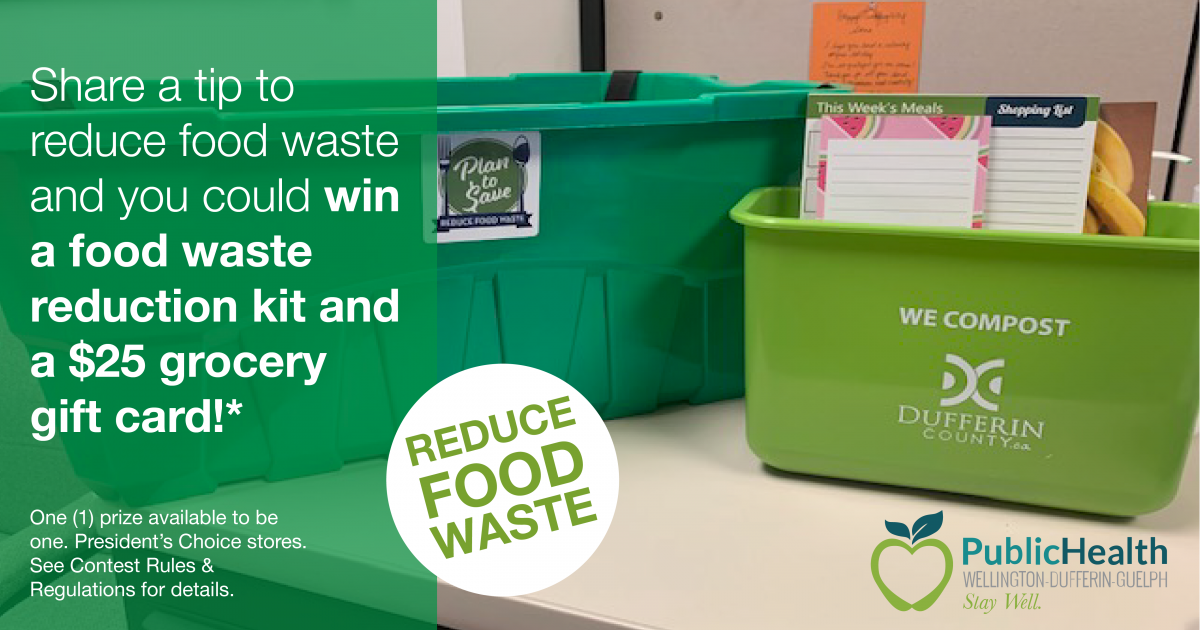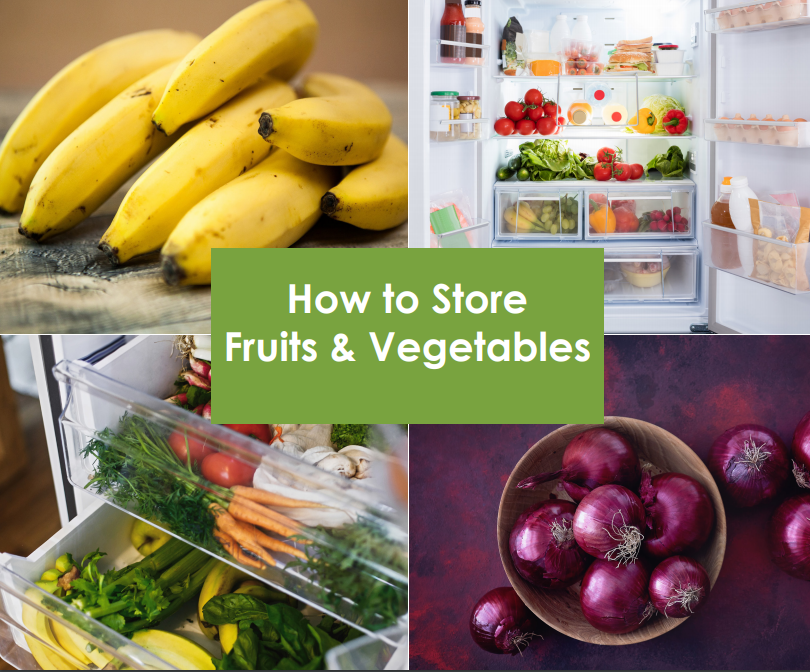You may have heard the term ‘food waste’ in the media lately or perhaps it’s new to you.
So what is food waste anyway?
Food waste means any food that is thrown out that could have been eaten at some point.
Some foods that are tossed can’t be avoided such as bones, vegetable peelings, egg shells and coffee grounds. However, studies show that over 60 percent of food that that Canadians throw away could have been eaten but ended up in the compost or garbage.
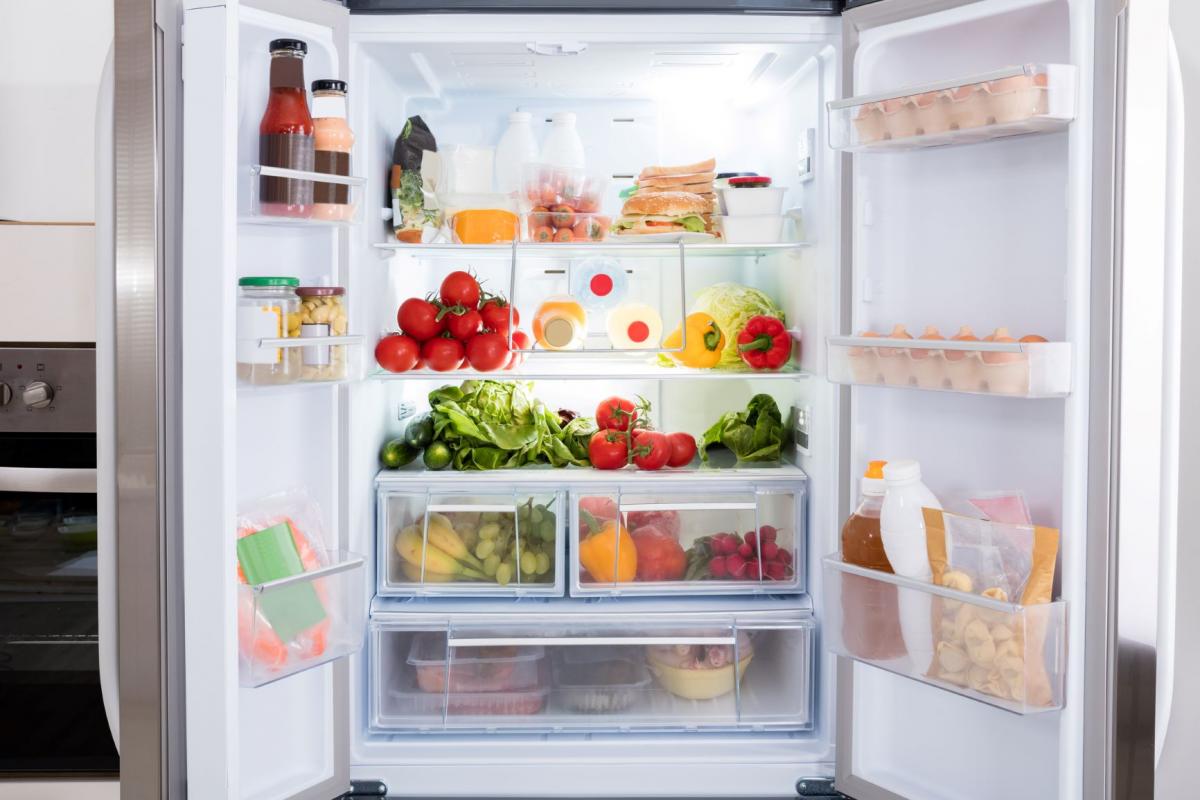
What’s the big deal?
Well, it can be costing you a lot of money, for one thing. It’s estimated that each household spends $1,500 per year on food that goes directly into the green bin! On top of that it’s usually the more nutritious foods that get discarded (like fruits and vegetables). So although we might be purchasing healthy foods we’re not getting the health benefits from eating them.
In the big picture there are other issues as well like the environmental impact of producing, transporting and processing so much food that goes to waste (think of wasted water from irrigation, greenhouse gas production and CO2 gases from transportation).
Sometimes we feel good because we’re able to use our green bin or backyard compost. This is definitely a better alternative to the garbage can, but since all that food still has to be produced, it’s still expensive to the environment.
So what you can do in your home to minimize food waste and maximize savings and health?
1. Make a meal plan
Plan your meals and snacks ahead of time (usually 2 or 3 days at a time). Try to use foods that you find are versatile and keep in mind the number of portions you’ll need to make.
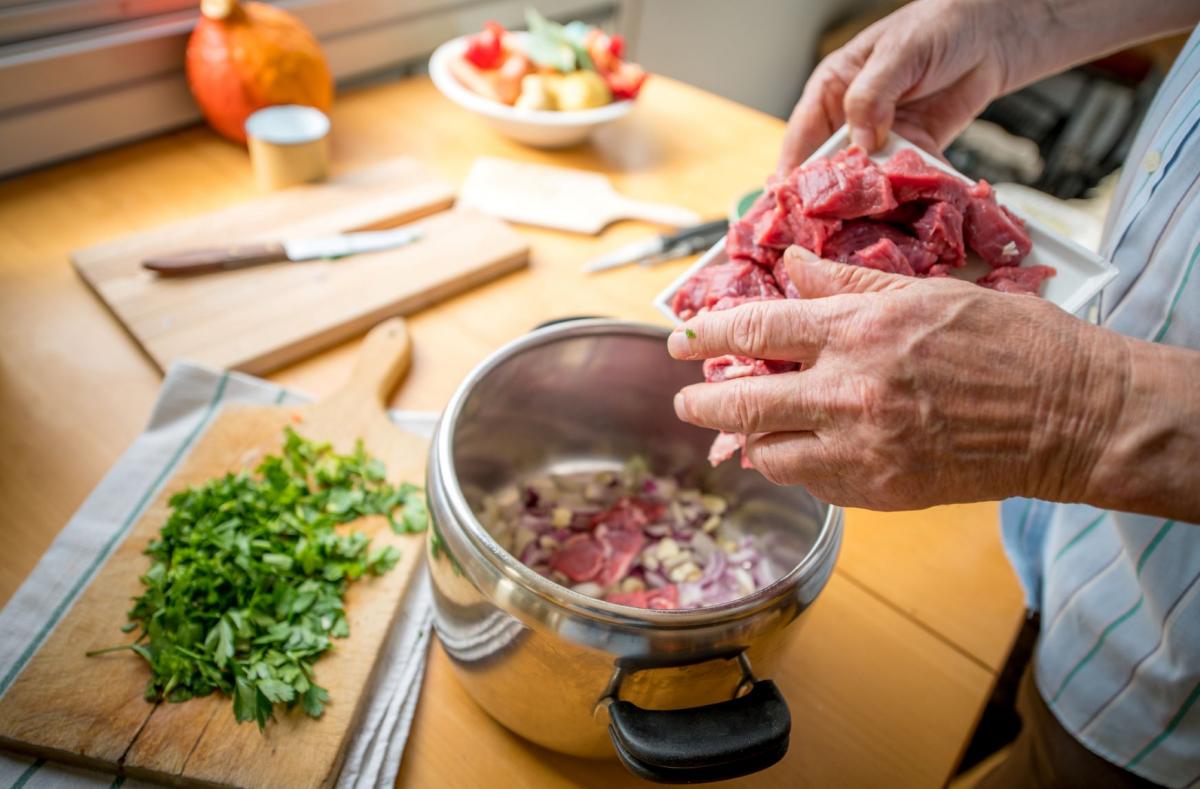
2. Use a shopping list
Before you go shopping, take a look in your fridge and cupboards to see what you have already and what will need to be used up soon. Then make a list and stick to it. Buy only what you need until your next shopping trip to avoid buying too much food that might not get eaten before it spoils.

3. Don’t buy too much
Shopping in bulk can be a great way to save money, but it’s not a good deal if you end up throwing it away. Over-purchasing is one of the main contributors to food waste in households and you’re not only to blame! Grocery stores often sell items in packaging that is difficult to reseal, the wrong size or in ‘2 for 1’ or other deals that make it hard to resist.
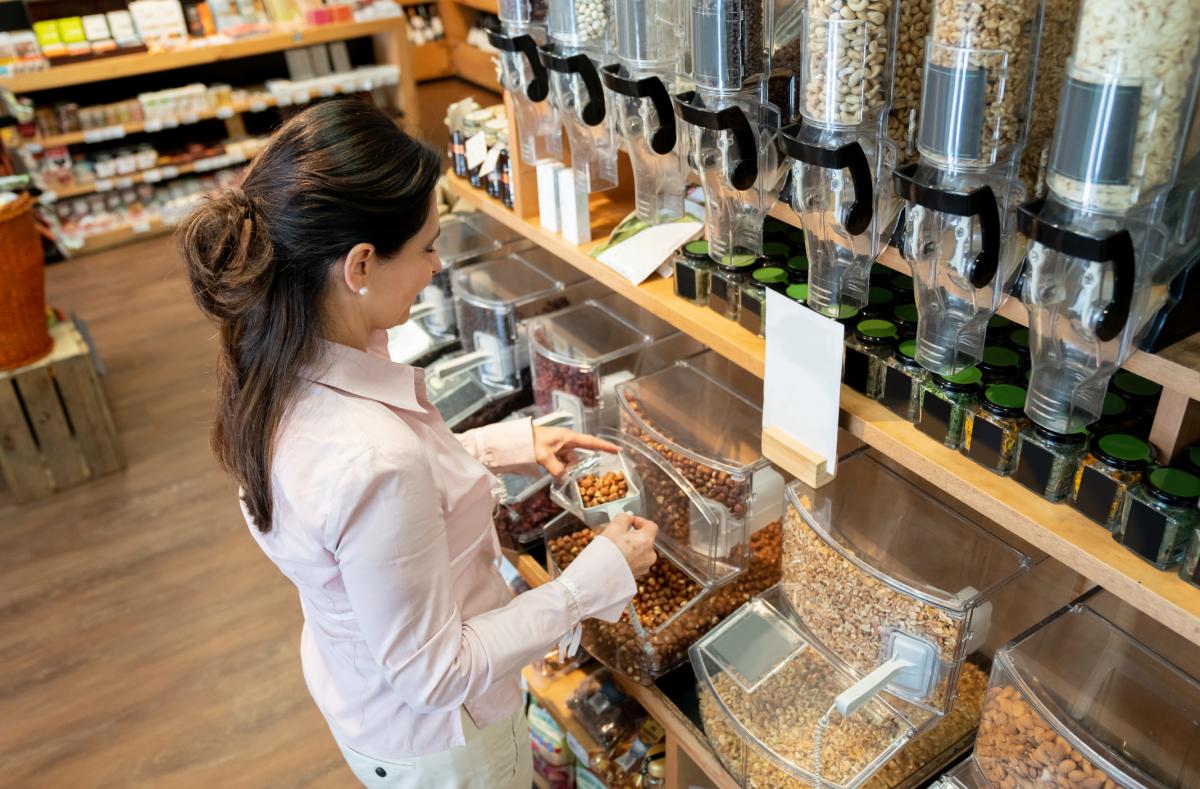
4. Store food properly
Check out our produce storage guide (PDF). It’s amazing how much longer fresh items can last if they are stored properly in the fridge or freezer. You can also finally see how those crisper drawers (PDF) are supposed to work as well as get a nifty best before vs. expiry comparison chart (PDF). Oh, and one more thing–proper fridge organization (PDF) can be a big help to keep foods both safe and organized.
5. Love your leftovers
Be mindful about your feelings towards leftovers. If you love them, great! Make sure to put them to good use in lunches the next day. Perhaps there are certain meals you love to eat the next day but others that don’t suit you as much. That’s fine too, just make sure to make only what you’ll eat for that meal or have a plan to repurpose the leftovers into something new and yummy!
So by reducing your food waste you can help yourself and the environment by reducing food costs, improving your health by eating up that healthy food and having less of an impact on the environment: win–win–win, who doesn’t want to that?
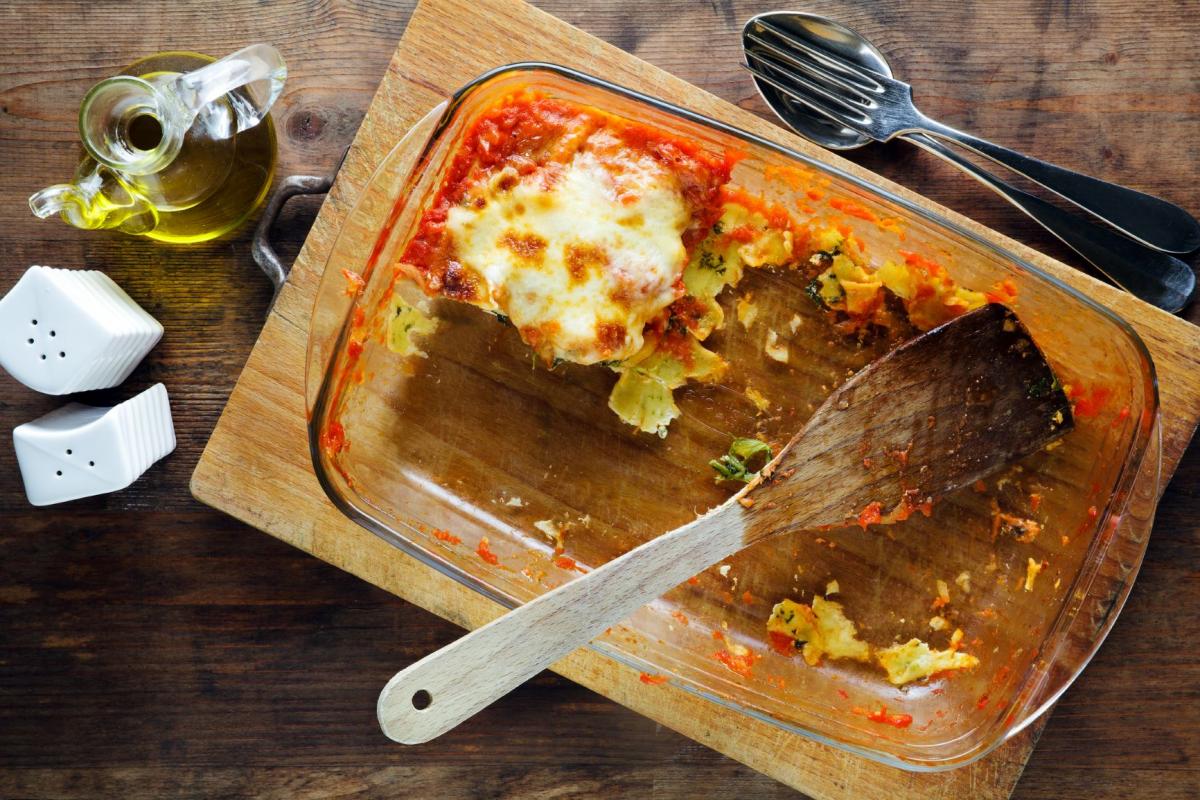
Share your tips for reducing food waste on Facebook for a chance to win!
What’s your favourite way to reduce food waste? Visit our WDG Public Health Facebook page for a chance to win a food waste reduction kit and $25 grocery gift card! Contest closes December 17, 2019. See rules and regulations for details.
